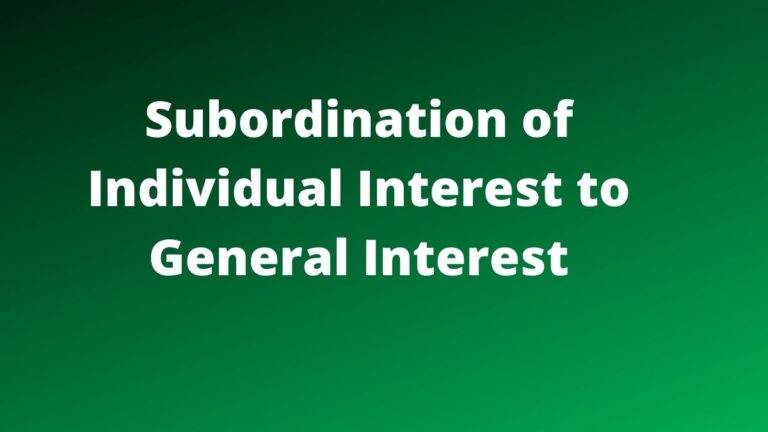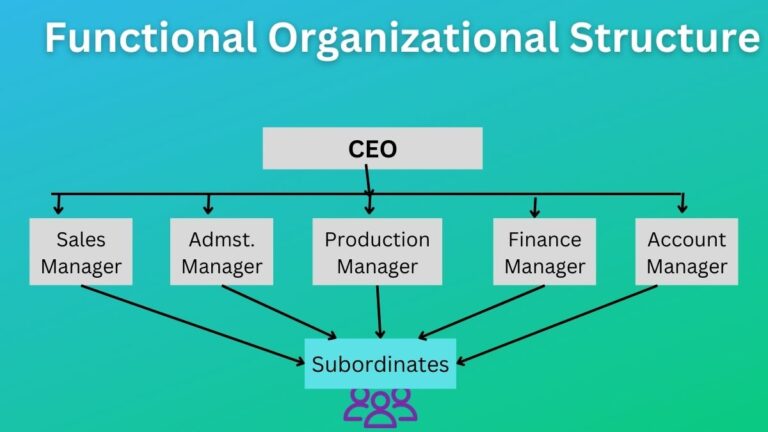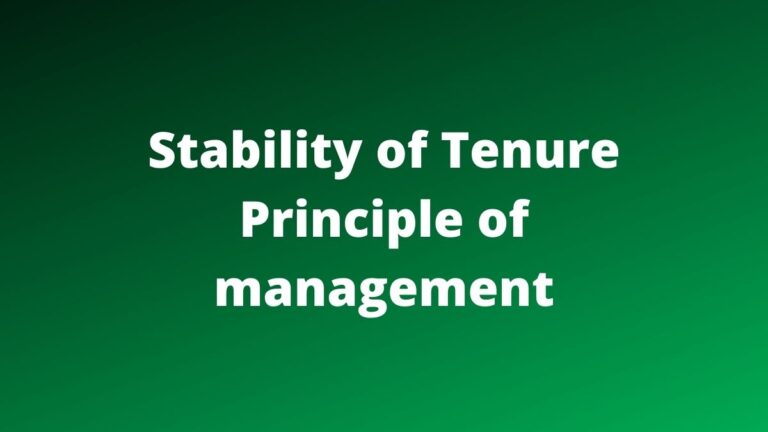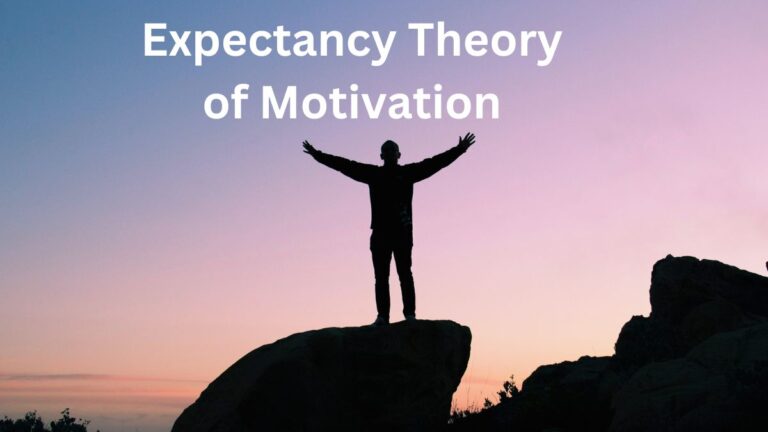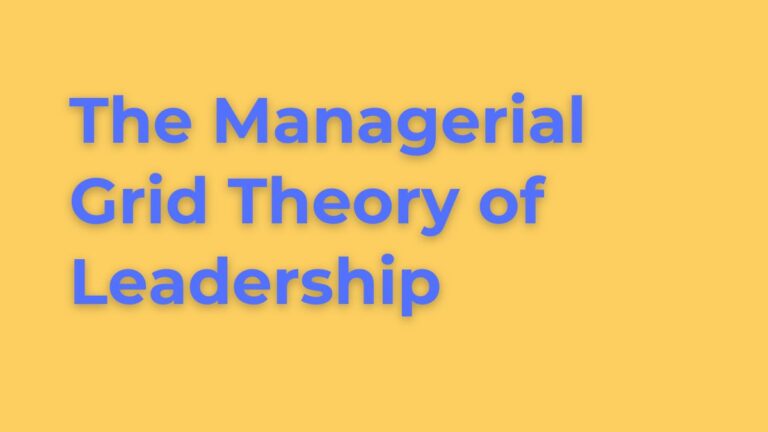What is ERG Theory? Definition, Components, Principle, and Implications
What is ERG Theory of Motivation?
The ERG theory of motivation is the recategorized version of Maslow’s hierarchy of needs. The man behind the ERG motivation model is Clayton Paul Alderfer, an American Psychologist.
In this ERG theory, E stands for existence, R stands for relatedness, and G for growth. Like Herzberg and Maslow, Alderfer also focused on needs and explained all these three needs motivate all humans.
The most basic needs are existence needs that are related to the survival of humans such as Maslow’s physiological and safety i.e. food, shelter, security, etc. Relatedness needs refers to a sense of community and relationship with others. And, growth needs to be referred to as self-fulfillment and reaching one’s potential.
Maslow said one need arises at a time, needs to follow a hierarchy, and unless one need (lower-order needs) is not satisfied people do not look to achieve other higher needs. But, according to Alderfer, there may be several needs at once, and people may be motivated by several levels of need at once.
The level that is most essential to a person may also change over time. In other words, a person’s priorities and motives may change over time and fluctuate between the levels of existence, relatedness, and growth needs. They can easily move downward and upward, they do not have to follow a definite hierarchy.
Components of ERG Theory
As mentioned above three components – existence, relatedness, and growth. How these three components of the ERG model have arrived can be better understood from the following picture.
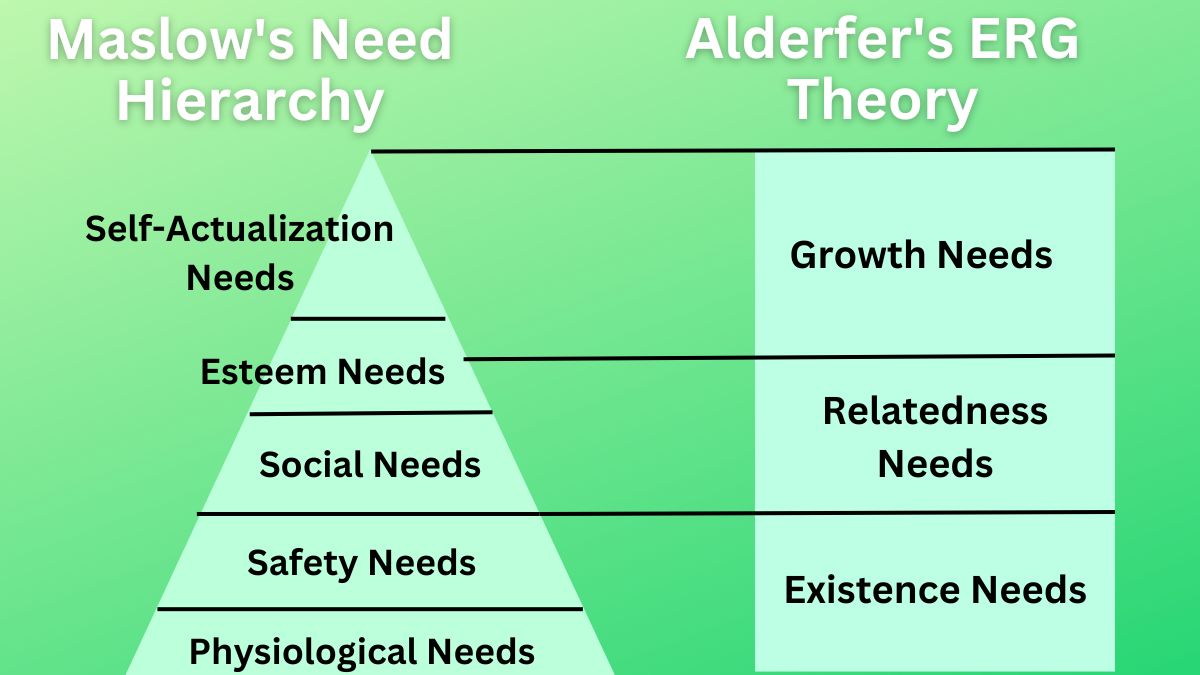
Existence Needs
Existence needs consist of those needs which are necessary for basic human survival. As presented in the above picture, the existence need is the combination of Maslow’s physiological and safety needs.
Related: Expectancy Theory of Motivation
Relatedness Needs
These are those needs that involve relating to others. Relatedness needs consist of Maslow’s social needs and esteem needs. But, according to Alderfer, here, esteem needs an external component or esteem of others is included.
Growth Needs
These needs refer to the need to reach one’s own full potential. Growth needs are similar to Maslow’s self-actualization and esteem needs. In addition, the intrinsic component of esteem needs falls into growth needs.
Regression-Frustration Principle
The common concept included in the ERG theory of motivation is the principle of regression frustration.
This principle states that when an individual fails to satisfy his higher-order needs i.e. growth or relatedness needs he becomes frustrated and regresses i.e. attempt to step back and fulfill the lower-order needs.
For instance, if a worker cannot progress professionally within his company, he may lose motivation over time and become irritable. As a result, he may be compelled to satisfy his need for relatedness. For instance, he may begin interacting more with his teammates.
A person will try to satisfy existence needs if he cannot be satisfied by satisfying even his relatedness needs. He will therefore regress further as his degree of frustration rises.
Similarities and Differences Between Maslow’s and Alderfer’s Motivation Theories
Similarities:
- The overall structure of the need categories is the same. Alderfer’s theory is only a reconfigured/reassembled need hierarchy model.
- Both theories focus on the need to motivate people or employees.
- Both motivation models deal with movement upward in the hierarchy.
- Both models are related to work motivation.
Differences:
How does ERG theory differ from Maslow’s? First and foremost Alderfer’s reduced the levels of needs from five to three. In contrast to the hierarchy of needs theory, the ERG model demonstrates that – more than one need may be operative at the same time.
And, if the gratification (satisfaction) of a higher need is blocked, the desire to satisfy a lower-order need increases. In addition to this, differences may be:
- ERG model provides a specific mechanism for downward movement in the hierarchy which Maslow did not provide. According to Alderfer, in addition to satisfaction and progression, frustration and regression can also occur if you fail to satisfy needs at a certain level.
- ERG has a specified method, measure, and theory of method for testing the theory, but Maslow did not provide empirical substantiation.
- Maslow’s theory of need hierarchy is rigid because it assumes that needs have a clear hierarchy and that unless a lower-level need is met, a person cannot move on to a higher-level need. In contrast, ERG’s theory of motivation is very flexible because it views needs as a range or variety rather than as a hierarchy. Alderfer contends that even if an individual’s existence or relatedness needs are not met, they can still work on their growth needs. As a result, he provides an explanation for the phenomenon of “starving artists,” who can still work hard to progress i.e. for growth needs even when he is hungry.
Implication of the ERG Theory
The message from this ERG model, as a manager, you should understand that employees do have many needs at a time. If you solely concentrate only on one need of employees at a time, this does not effectively motivate them.
You shouldn’t concentrate on assisting each member of your team to meet a single degree of need. Instead, you should be aware of the variety of demands that people can have and support the advancement of your team members in light of these needs, which will fluctuate over time.
Read Next: Theories of Motivation
Sajan Kushmi is a content writer with more than 4 years of experience. He holds BIM Degree. He write on the topics related to Management, Marketing, and Entrepreneurship.
